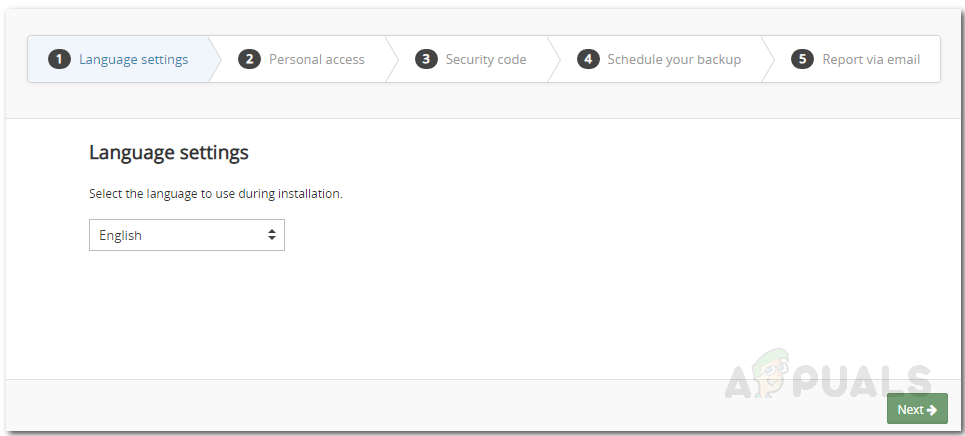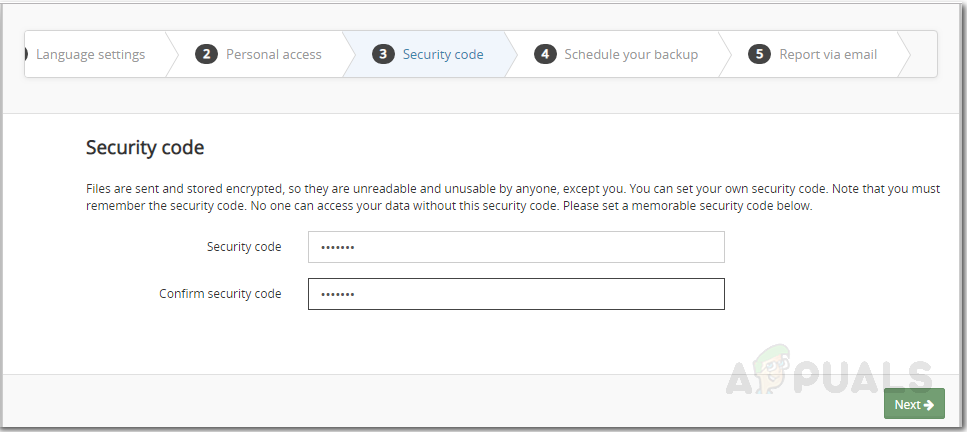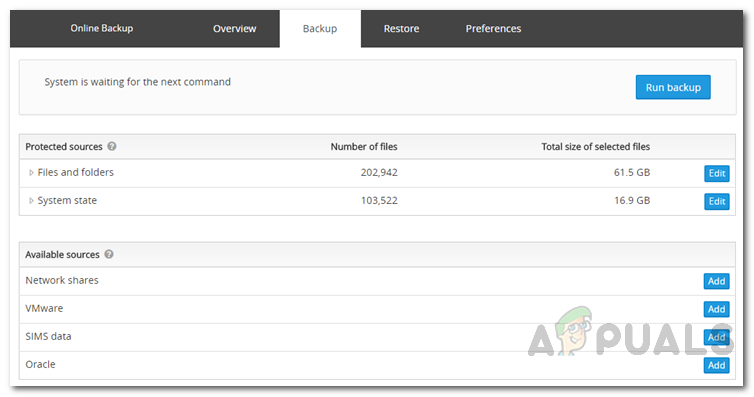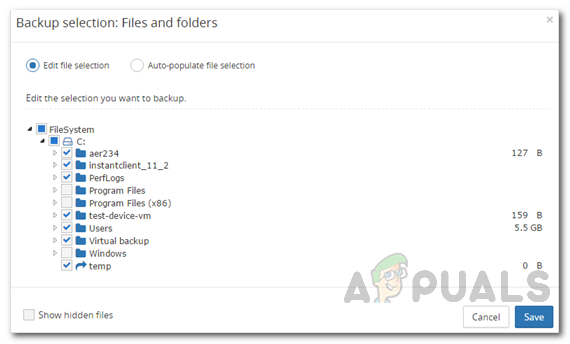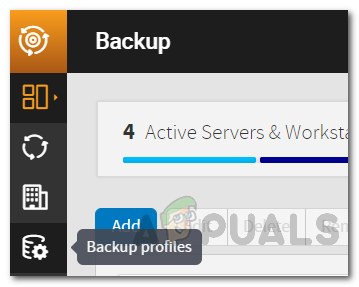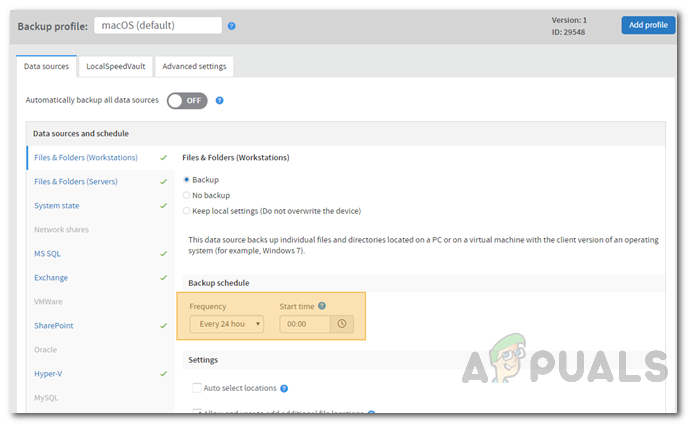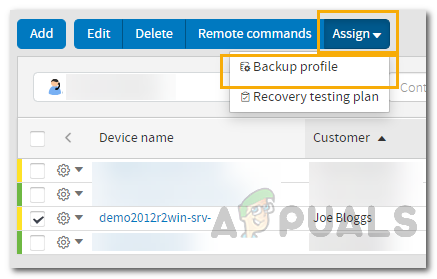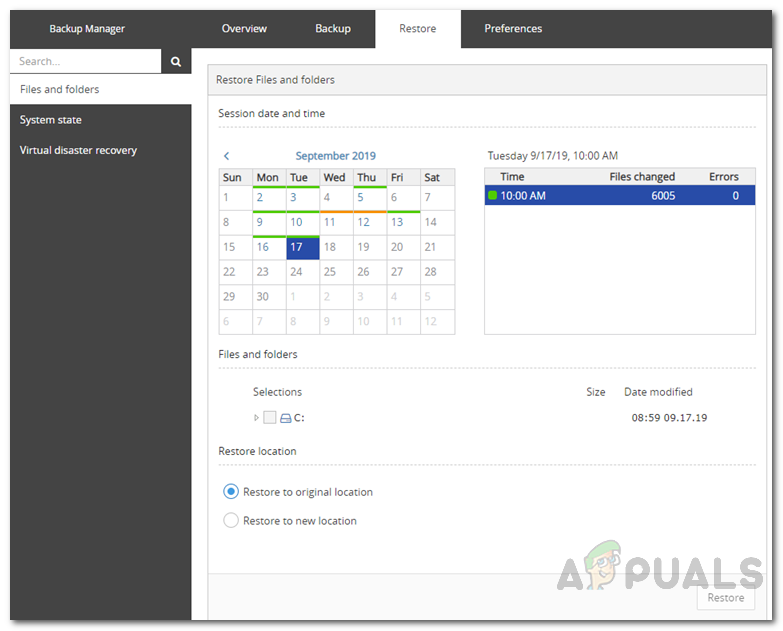A server stores all of the significant files that are important to the smooth operation of the network. Every decision made in case of a network depends on the data, be it expanding the business or improving the quality of service provided. A simple hardware failure or a power outage can cause all the data to be lost. However, if you regularly backup your data, you have nothing to worry about because all you lost was a piece of hardware which can be easily replaced. The data stored inside, however, cannot be recovered unless you have a proper backup system in place to keep your data safe. Even after all these risks, server backups are often treated as secondary or low priority tasks.
1. What is Solarwinds Backup?
There are tons of backup software present that lets you backup your data, however, Solarwinds Backup tops the list. Backup by Solarwinds (download here) is a cloud based backup solution that offers extended functionalities as compared to other third-party backup solutions. With Backup, you can backup your data safely to a private Solarwinds cloud via your user account that you will create while signing up for a plan. The data centers are provided by hosting companies that ensure a 24/7 security system so that your data privacy can never be breached or compromised. Other than that, their data centers in various countries such as Australia, USA, UK, Germany and more are ISO and SOC certified which adds up to the security level provided and ensured by Solarwinds. Solarwinds Backup enables you to configure backups to be initiated automatically per a specific schedule or frequency. The service comes in with built-in compression and deduplication capabilities so that you can even store large sums of data without having to compromise the integrity of the files. With the help of deduplication, you will be saved from the trouble of backing up the same files again mistakenly. To access the software, head over to the link provided above and then register yourself an account. You can avail the free trial provided by Solarwinds if you wish to evaluate the product for yourself. Once you have registered yourself, you can follow our backup your server guide that takes you through the initial steps.
2. Preparing Devices for Backup using the Backup Management Portal
Once you have registered an account, you will be taken to the Backup Management Portal. Here, you can add devices to the portal so that you can backup your data to the cloud on those devices. To do this, follow the below guidelines:
3. Installing and Accessing Backup Manager
After you have downloaded the installer, you will have to install it on the device whose data you want to backup. This is pretty easy to do and we’ll be guiding you through it. So, let us begin.
3.1 For Windows/MacOS
To access the backup manager on your Windows or MacOS device, do the following:
3.2 For Linux
If you have a Linux device, the installation process will be different for you than the above process. The most convenient way of installing backup manager on a Linux device would be to use the RUN installer. It comes in two versions i.e. i386 which is for 32-bit systems and amd64 which is for 64-bit systems. Make sure to replace i686 in the link given below with x86_64 if you have a 64-bit system. You will require root permissions so make sure you have the password. To install backup manager, do the following:
4. Configuring Schedule and Frequency-based Backups using the Backup Manager
In this article, we will be going over two ways of enabling backups or automating backups of your server. The first one is a schedule based backup in which the selected data is backed up per a provided schedule every time. The second option is known as frequency based backups in which the data is backed up on a specific frequency i.e. at a specified interval. Before we get into the automating part, let us first go through the part of selecting the data that you wish to backup in the first place.
Configuring Data Selection
Before you have the data automatically backed up, you will have to select the file that you wish to backup. This could be configuration files or any other important files that need to be backed up frequently. Here’s how to do it:
4.1 Configuring Schedule-Based Backup
One of the most fitting ways to back up your data is to set a schedule at which the selected data is backed up automatically without requiring your intervention. You can create various schedules for a specific device for different data sources that run at contrasting times. Here is how to create a backup schedule:
4.2 Configuring Frequency-Based Backups
Configuring frequency based backup is different from schedule based. To be able to configure frequency based backups, you will have to create a backup profile and then assign the profile to the devices on which the data is stored. Here’s how to create a backup profile and then assign it to a backup device:
5. How to Restore Server Backups?
Now that you have successfully created backups and automated them, you can restore any backup that you desire because what use are the backups if you are not going to restore them in future. A great feature here is mobility meaning you can backup data from a device and then have it restored to a different device. To do this, follow the below instructions:
How to: Delete Time Machine BackupsFix: Error 0x8007000e Preventing BackupsHow to Configure a WebServer (IIS) or Apache on Alibaba Cloud ‘Elastic Compute…How to Configure Windows Server to Query An external NTP Server


